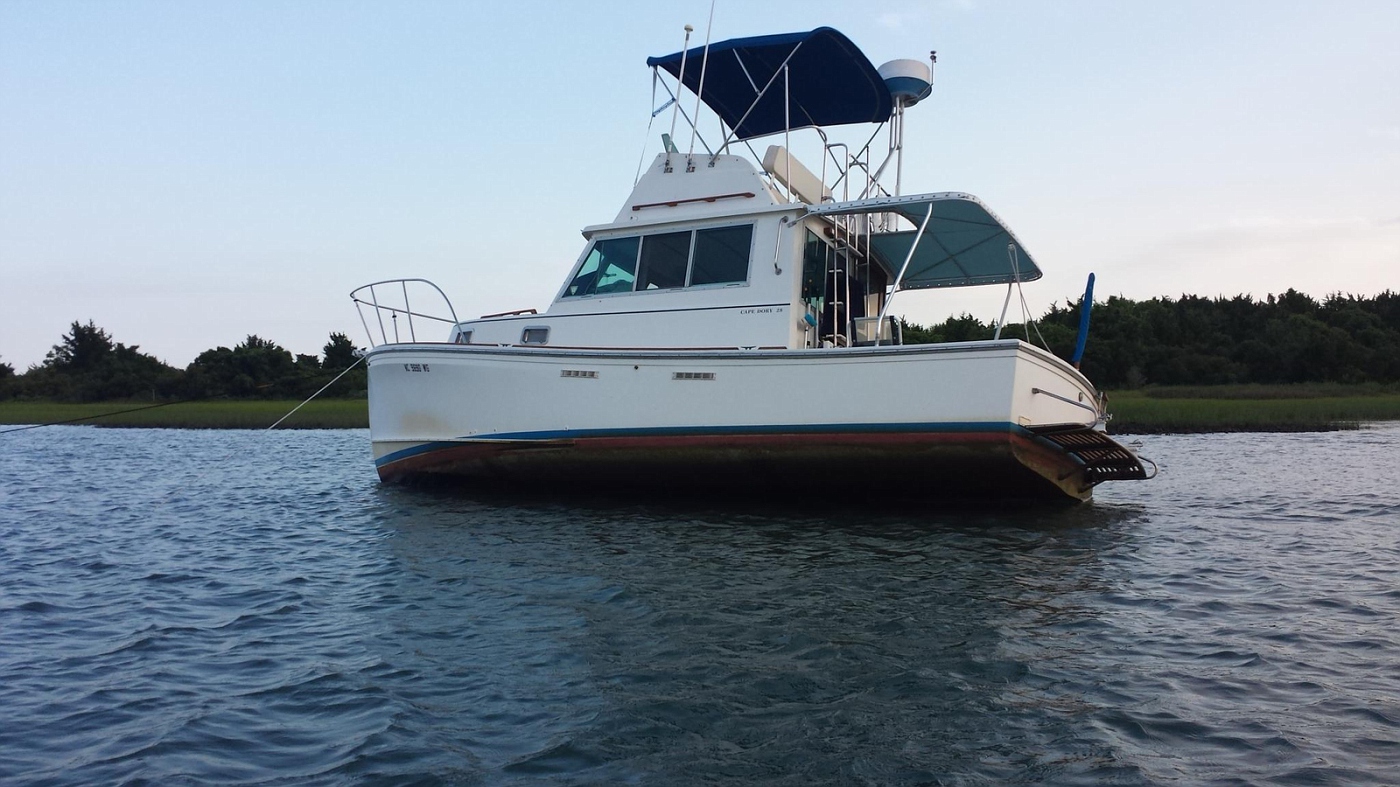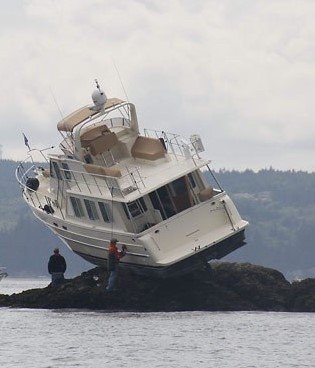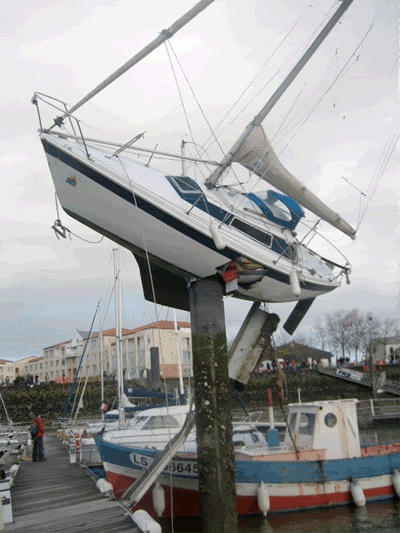If 10 feet off actual water depth, and the boat drew 5 or 6 feet....the person who set it up might have already put their "navigable depth" in.
That's why I am used to actual water depth as you never can be sure what someone else's preference is.
But you are right about how far electronics have come!
Some day [within a such a few short decades]... in a distant land [U.S., Europe and other nations - to be exact]... the ability to have electronic devices do all we desire will be upon us.
I AM so glad I was born in 1952... Can you guess why? Some times I can't; but, then I realize all of the self-enabled fun I would have missed if born in 2052. By then, it seems, human brains may become an after thought to the all powerful computer/ether/electric/who-knows-what intelligence filled non-human "artifacts" that may/will run this world. That's all of course if we humans don't blow ourselves up first!



